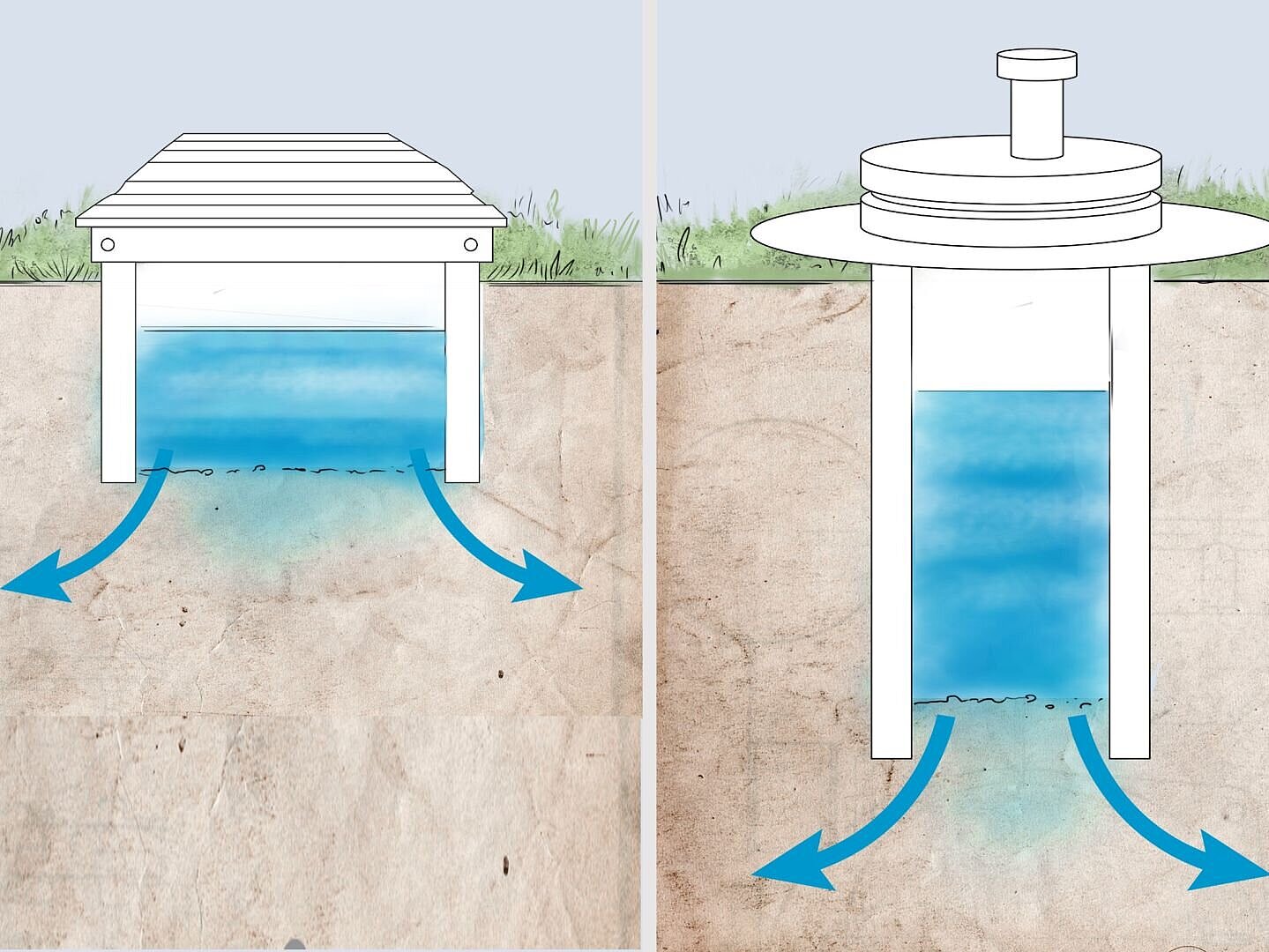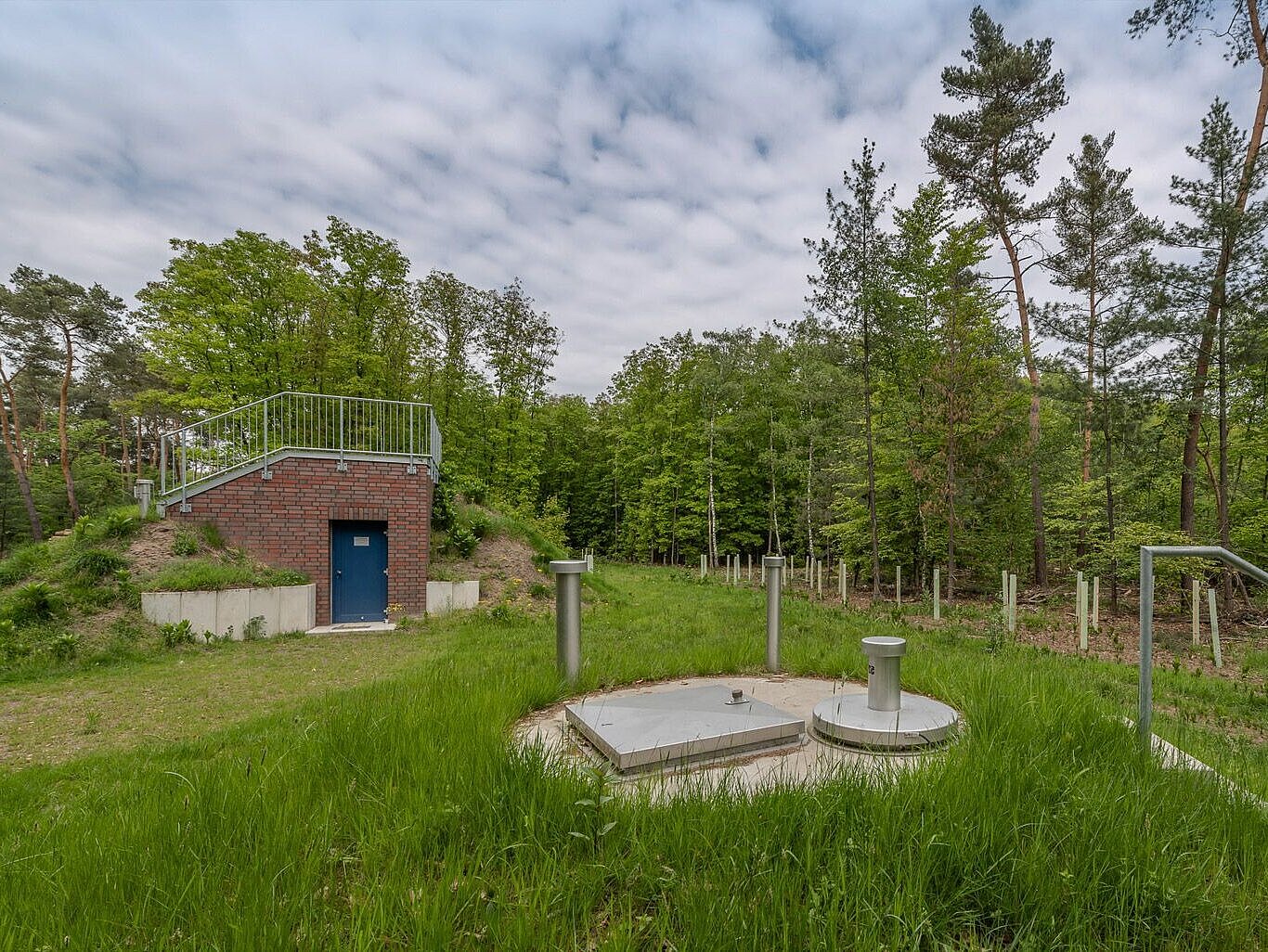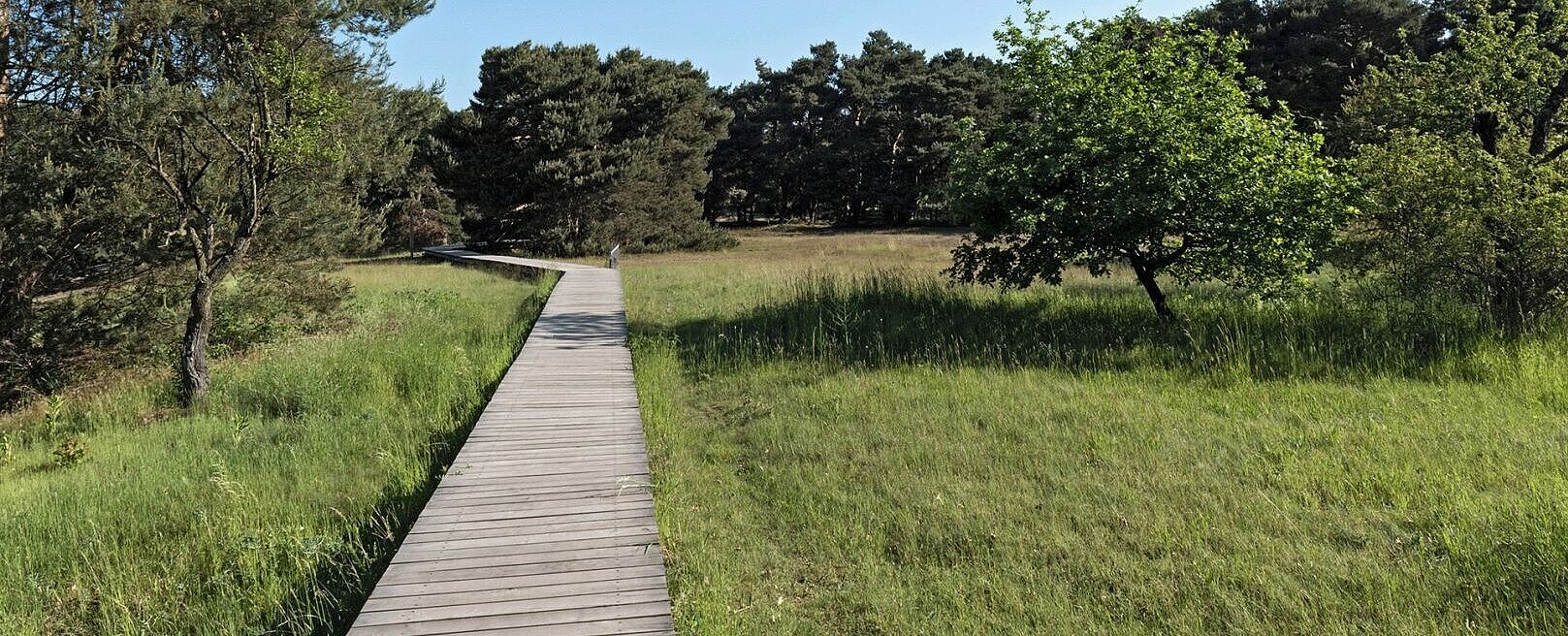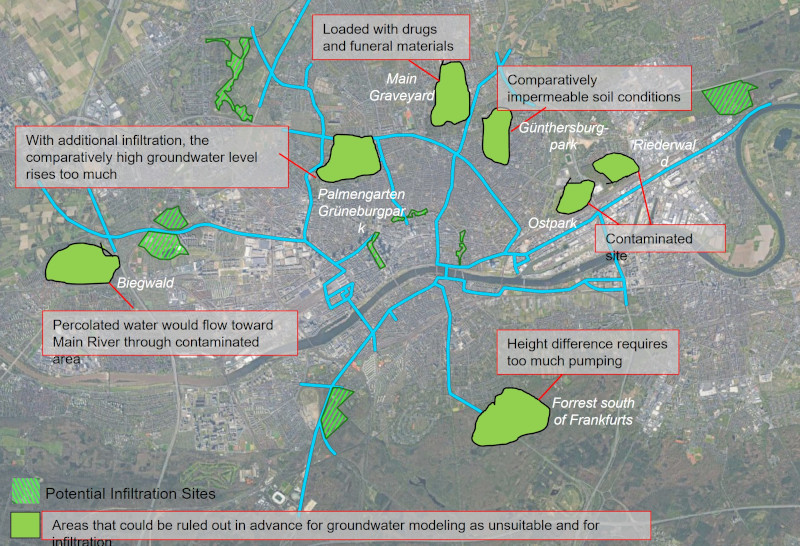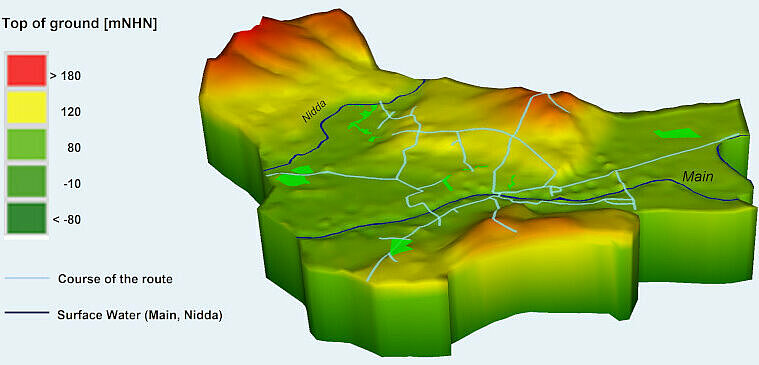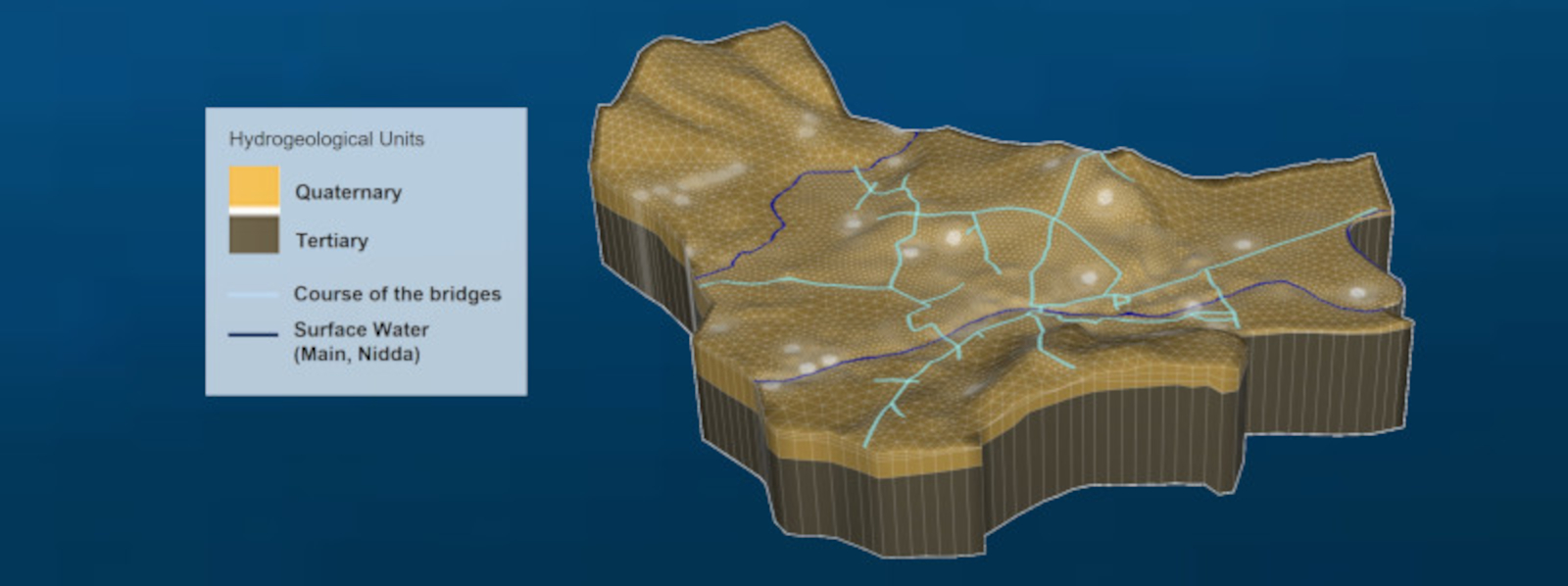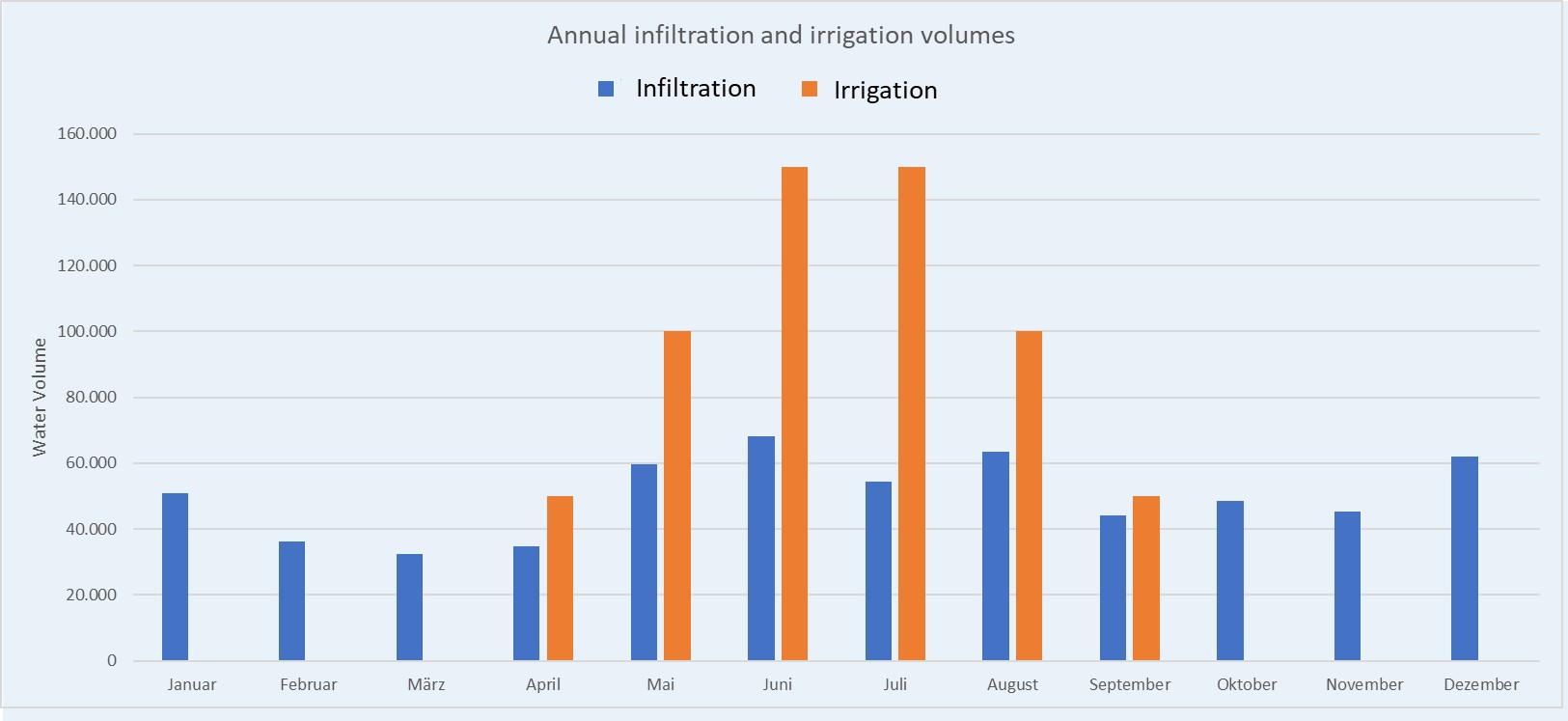Content: 600,000 cubic meters of water can be stored in groundwater close to the city
Under certain conditions, these enormous quantities can be infiltrated into the groundwater close to the city and enrich the groundwater body to such an extent that it is permissible to withdraw water from it again.
The following explains which soil quality standards must be met in order to be allowed to infiltrate into groundwater.
Potential infiltration areas close to the city were selected for the Frankfurt Bridges. Taking into account the existing groundwater level, a groundwater model was used to simulate by how many centimeters the groundwater level would rise with certain amounts of infiltration.
A prerequisite for any groundwater recharge is thorough special water treatment. The timing and location of extraction is also subject to strict regulation by the relevant authorities.




